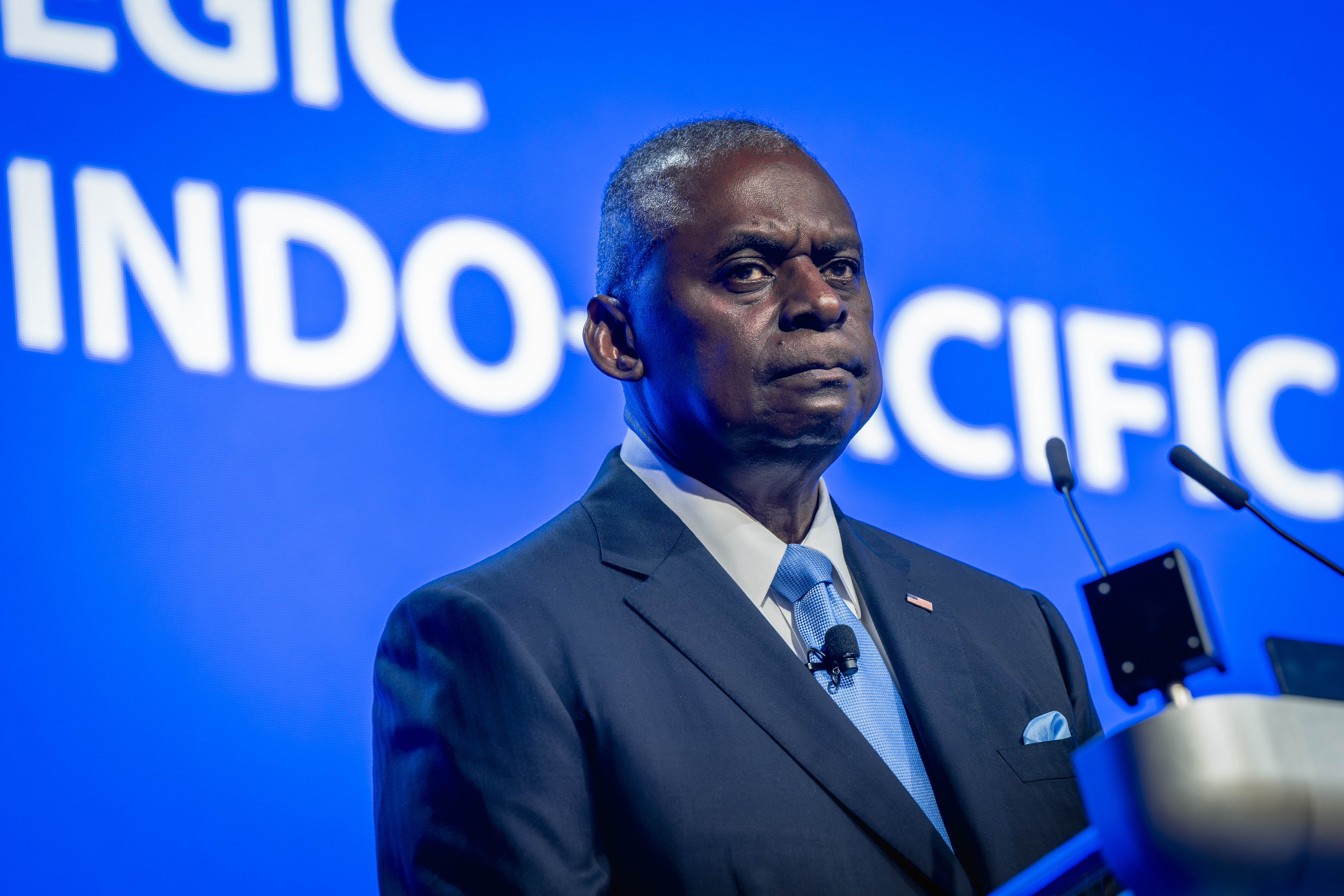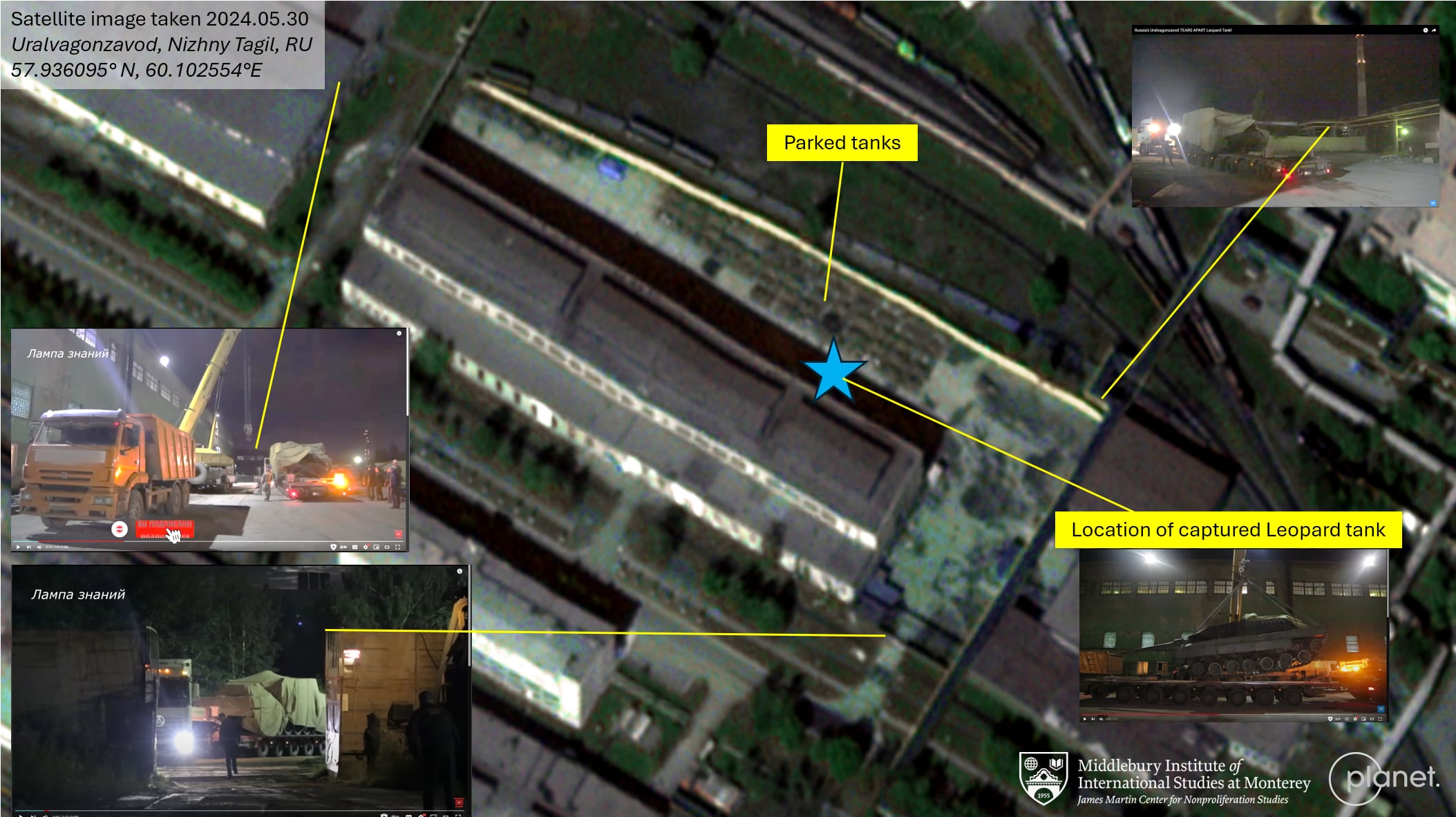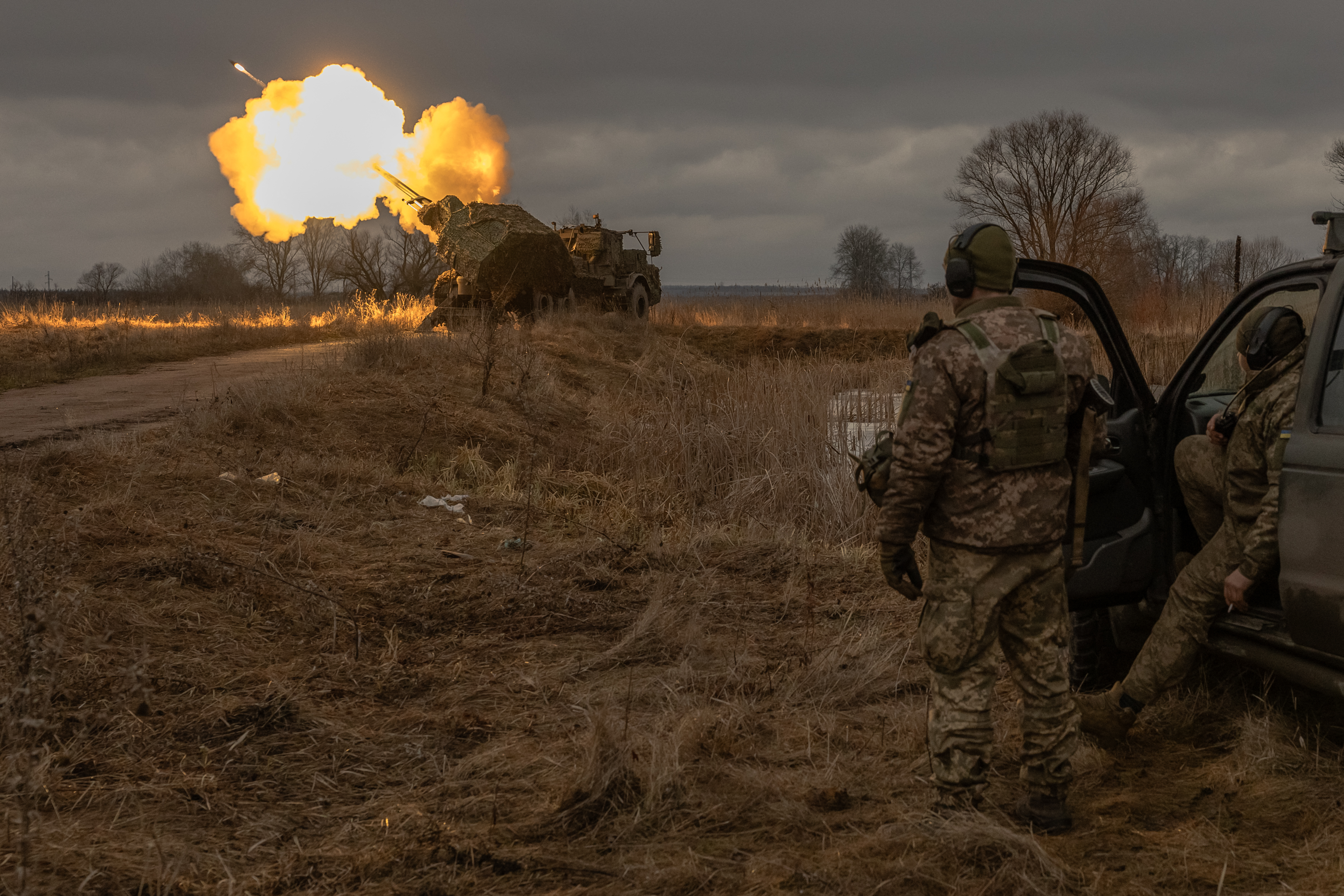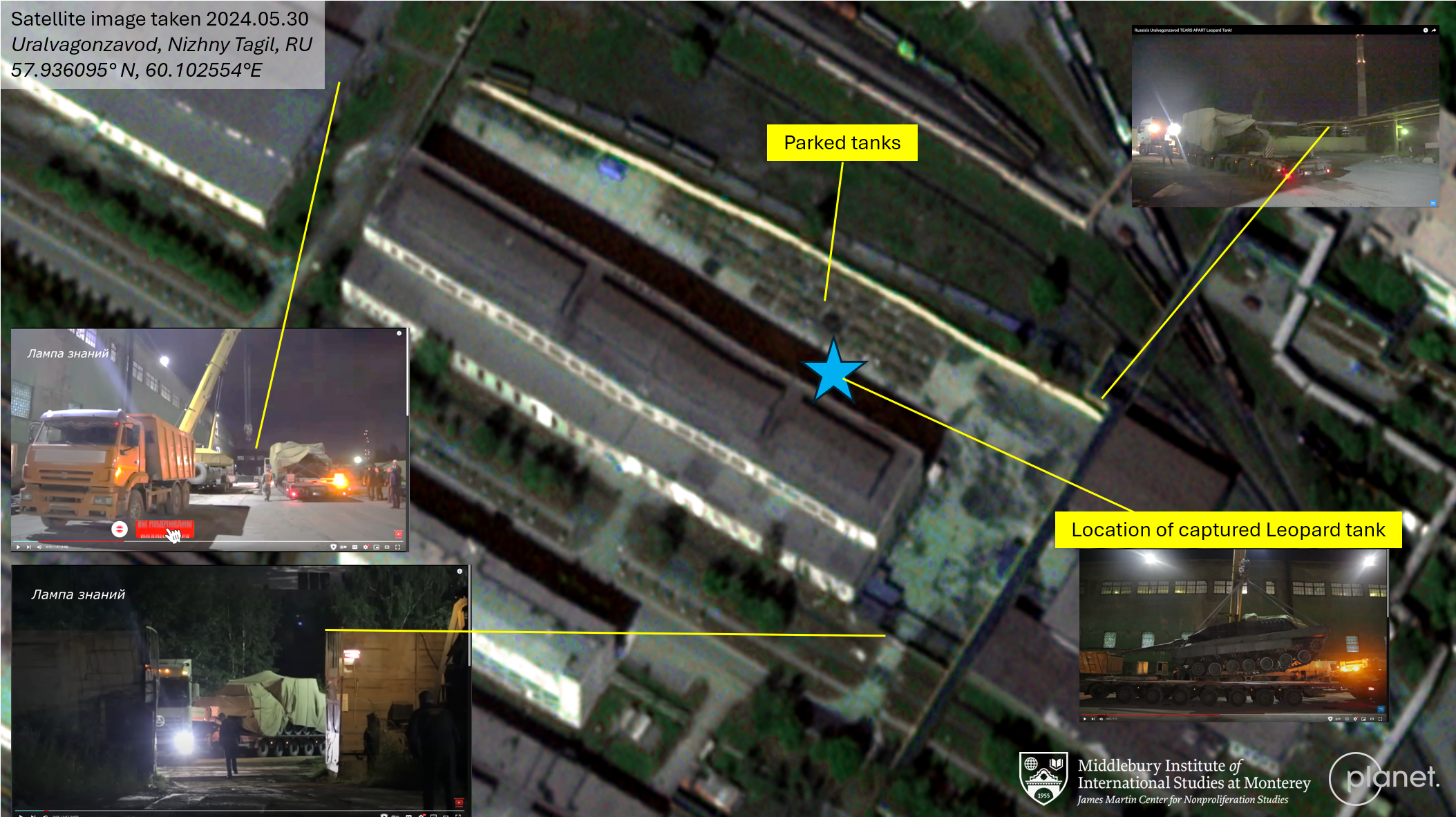[ad_1]

U.S. officials confirmed that North Korea has sent a bevy of soldiers to Russia, the first step toward what the Pentagon has said would mark a “dangerous” escalation in the war with Ukraine.
Secretary of Defense Lloyd Austin shared the assessment Wednesday morning while traveling in Rome, becoming the first member of the Biden administration to do so.
The White House later offered more details, saying that around 3,000 North Korean troops sailed to the Russian port of Vladivostok earlier in October and are now training across three military sites in the east.
“What exactly they’re doing will have to be seen,” Austin told a group of traveling press.
South Korean defense and intelligence officials have reported for weeks that Pyongyang intended to send troops to Russia, the latest step in a burgeoning partnership that began after the 2022 invasion of Ukraine. The Biden administration avoided commenting on the assessment until Wednesday as the government separately confirmed the intelligence.
As Austin’s comment showed, the most immediate theme from American officials was uncertainty. Neither the Pentagon nor the White House said it knew why the soldiers were in Russia, what North Korea was getting in return or whether they would fight in Ukraine.
If that last concern proves true, White House spokesperson John Kirby said, they would be “fair game” for the Ukrainian military.
Russia has suffered huge casualties in recent months while making steady gains in Ukraine’s east, losing more than 1,000 troops a day and surpassing 600,000 total casualties since 2022, American officials have said.
“This is certainly a highly concerning probability: After completing training, these soldiers could travel to western Russia and then engage in combat against the Ukrainian military,” Kirby said, noting that the U.S. has briefed the Ukrainian government on its intelligence.
Austin traveled unannounced to Kyiv earlier this week in his fourth and likely last trip to Ukraine as secretary. While there, he spoke with President Volodymyr Zelenskyy and unveiled another $400 million package of military aid, the second such tranche within a week.
North Korea and Russia have had a distant relationship dating back to the end of the Cold War, but have moved closer in the last two years. The two countries’ leaders have met together, including in a rare trip by Kim Jong Un outside his country to visit Vladimir Putin.
U.S. officials cast the news as a sign of “desperation” from Russia, particularly if North Korean troops joined the fight. The description has become familiar for the Biden administration, which didn’t anticipate how the war in Ukraine would realign American adversaries such as Iran, which alongside North Korea has also sent weapons to Russia for use in Ukraine.
North Korea has shipped over 16,500 containers of munitions and related material to Russia since last fall, U.S. and European officials have said.
“This is an indication that [Putin] may be even in more trouble than most people realize. But, again, he went tin cupping early on to get additional weapons and materials from the DPRK and then from Iran. And now he’s making a move to get more people,” Austin said, using the initialism for North Korea’s government.
Noah Robertson is the Pentagon reporter at Defense News. He previously covered national security for the Christian Science Monitor. He holds a bachelor’s degree in English and government from the College of William & Mary in his hometown of Williamsburg, Virginia.
[ad_2]
Source link










